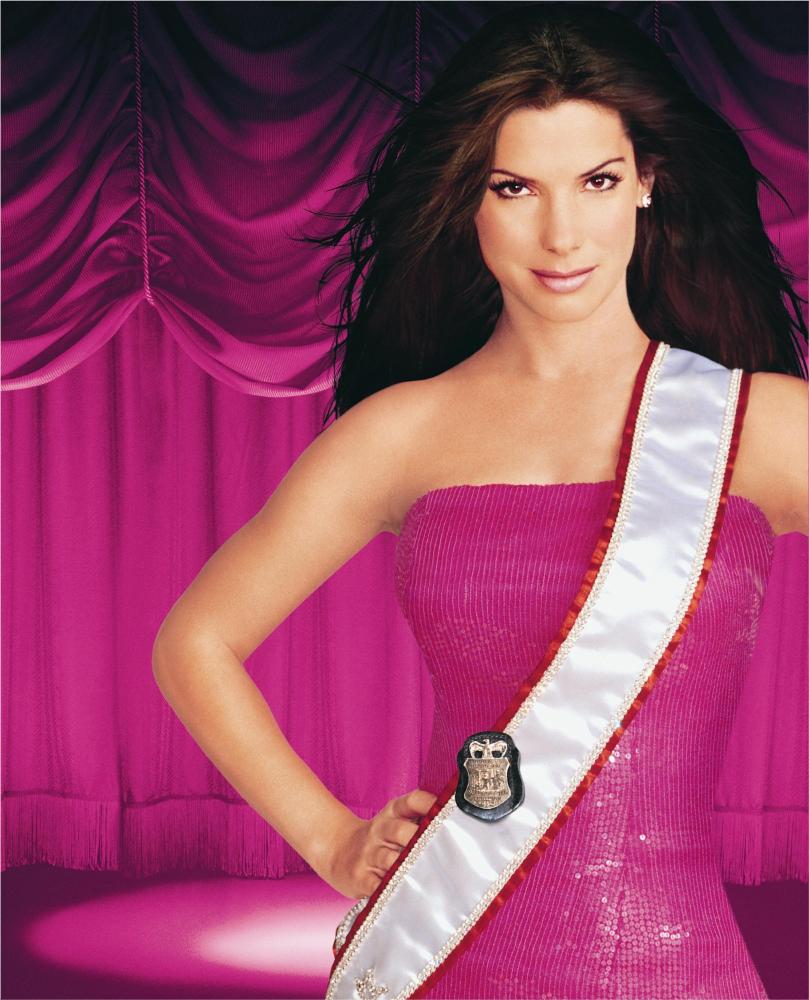Sandra Bullock Meets Beethoven
/I’ve literally spent my entire life around orchestras. My father played in the Cleveland Orchestra for many years; not until the age of six or so did I realize that not everyone’s father dressed up in white tie and tails to go to work at 8 o’clock on Saturday evening. In addition to playing and teaching, beginning in the 1960s my dad was among the founders of a movement to improve the pay and working conditions of orchestra musicians. (His generation’s story is well told in Julie Ayer’s enlightening book, More Than Meets The Ear).
As I began my conducting career, the efforts of my father, his colleagues across the country, and the boards and staffs of their orchestras had begun to bear fruit. Seasons and audiences grew, musicians’ salaries increased, and orchestras in smaller cities improved exponentially in professionalism and quality. Sure, there were occasional downticks in ticket sales and every so often a “gloom and doom” article in some national publication heralded the imminent death of American symphony orchestras, but somehow they always got back on track.
To many of us, the well-publicized problems that orchestras are currently facing feel different and merely tweaking around the edges of our “business model” will not solve them. The causes seem obvious: new forms of entertainment and new means of delivering them, changing lifestyles, a new generation of philanthropists uninterested in classical music, and the decades-long devaluation of arts education in our schools. The symptoms are similarly obvious: aging audiences, revenue not keeping pace with increased costs, contentious contract negotiations, the occasional bankruptcy, and a mad scramble by all concerned to come up with the magic formula that will instantly and painlessly solve all our problems.
It’s impossible to know exactly what orchestras will look like in a decade or two, but the job description of most orchestra musicians will surely change. In all but a tiny handful of very elite orchestras, merely sitting on the stage in a magnificent concert hall playing highly polished performances of great masterpieces will no longer be enough. Musicians will need to add value to their orchestras in myriad ways: working with young people and underserved audiences, passionately advocating for music in general and orchestras in particular throughout their communities, playing in small ensembles with both traditional and non-traditional instrumentation, composing, arranging, and much more. In an increasingly polyglot world, those musicians who are multi-lingual or are comfortable with jazz, world music and other non-classical genres, will likely have a leg up.
The good news is that conservatories and universities, including New England Conservatory, are proactively preparing their students to enter this new world. But how can orchestras identify those musicians who will fit into it?
***
Before joining the faculty at NEC, I was Music Director of the Memphis Symphony Orchestra. Like many orchestras, we recognized that our survival depended on connecting with our community in new ways and that our musicians would be the most critical factor in achieving that goal. It was obvious that every new member of the orchestra would have to be able to contribute to our community engagement initiatives, yet the traditional format of orchestra auditions made it difficult to determine which candidate was best suited for that task. (Further information on the MSO’s initiatives can be found in the League of American Orchestras’ publication, Fearless Journeys).
Our auditions looked like everybody else’s: a preliminary round consisting of a solo piece and the usual orchestral excerpts, followed by semi-final and final rounds. Auditions for positions whose occupants would also play in a chamber ensemble included a chamber music round. For principal chairs, the excerpt list would be a little more elaborate and, if possible, the winning candidate would play for a week or two in the orchestra before receiving a final job offer. If we had questions about a candidate, we might call a few references. There was absolutely nothing out of the ordinary about our process.
Things began to change when we had an opening for Principal Oboe, a crucial chair in any orchestra. After all the finalists had played the excerpts and done some sight reading, we gave them a “tuning audition,” asking them to play several A-440s in a row to check the consistency of their pitch. Then the audition committee and I probed their musical personalities a bit, asking about such things as which oboists they admired or which pieces they most enjoyed playing.
This brief post-audition chat quickly morphed into an actual job interview, which we jokingly referred to as the “Miss Congeniality” round. It became an integral part of all our auditions. Our purpose was not only to make sure that a candidate’s personality would be compatible with his or her future colleagues, although in a few instances it was painfully apparent that there were problems in that area. Rather, we primarily asked questions that would measure what the candidate could offer the orchestra beyond just playing well: “What experience do you have working with young people?” “Are you comfortable speaking to a group of strangers?” “Tell us about a performance you played that was especially meaningful to you.”
The answers to that last question were particularly revealing. Invariably, the most compelling responses did not involve performing in Carnegie Hall or playing under a famous Maestro. More typical were stories of playing for underprivileged children or starting a lunchtime chamber music series in a downtown office building; not the glamorous gigs, but those in which music touched people whom it hadn’t touched before.
Sensing that the Memphis Symphony’s future would be substantially different from its past, we wanted to use every possible means to insure that our new members were a good fit with our long-term goals. When I described the “Miss Congeniality” round to business people on our Board of Directors, they were incredulous that such an interview was not already part of our hiring process. It was sometimes difficult to explain that in professional orchestras, a musician plays an audition and is offered a position; if all goes well during the one or two year probationary period, he or she pretty much has a job for life, barring catastrophic on-the-job behavior or other extreme circumstances. So if nothing else, the interviews helped us avoid hiring errors that would have been awkward to undo later.
Sandra Bullock from the film "Miss Congeniality”
It would be too simplistic to say that adding an interview to auditions will help assure orchestras’ future. What’s more, such a statement runs smack into the “elephant in the room,” namely the question of artistic quality. Some years ago, I raised the issue of looking at more than just a candidate’s playing with a group of musicians from fine professional orchestras. Their vehement response boiled down to: “The person who plays the best audition gets the job. Period.”
But what if “the best audition” merely means “the most note-perfect audition”? More importantly, what if the nature of the job changes? Imagine that two players make the final round of an audition; they both meet the orchestra’s minimum musical standard, but Candidate A plays a bit more compellingly, while Candidate B can add substantially to the orchestra’s standing in the community. Who gets the job then?
Carrying that example to its logical extreme, imagine two orchestras of roughly equal budget size. Orchestra A plays outstanding concerts to half-empty houses and only pays lip service to the idea of broader community involvement; Orchestra B doesn’t play as well, but has deeply embedded itself into its community’s fabric. One day, there’s a recession and both orchestras hit a financial rough patch. Orchestra B’s street cred helps it weather the storm, while Orchestra A falls into a life-threatening downward spiral from which it barely emerges after several pain-filled years. How much does the difference in artistic quality really matter at that moment?
As long as I’ve been a conductor, it’s been a given that musical excellence is our sine qua non, the value to which all others must be subordinate. I, along with countless idealistic musicians and administrators, still stubbornly believe that. But can our idealism survive the new realities we face?
I remain optimistic that it can because, increasingly, I believe that we may not have to choose between traditional excellence and the attributes that the Miss Congeniality round reveals. Every day at NEC I find myself surrounded by amazingly talented young people. They come to us already playing at a nearly professional level and their open-mindedness and enthusiasm dwarf those of earlier generations. More than anything, they want to have long, rewarding lives as musicians, and already many of them understand that such lives will contain more than simply playing beautiful concerts in beautiful concert halls before a stereotypically beautiful audience. I have faith that they will arm themselves with the skills to make those lives possible and, more importantly, with the will to help reshape our musical institutions to accommodate a changing landscape.


